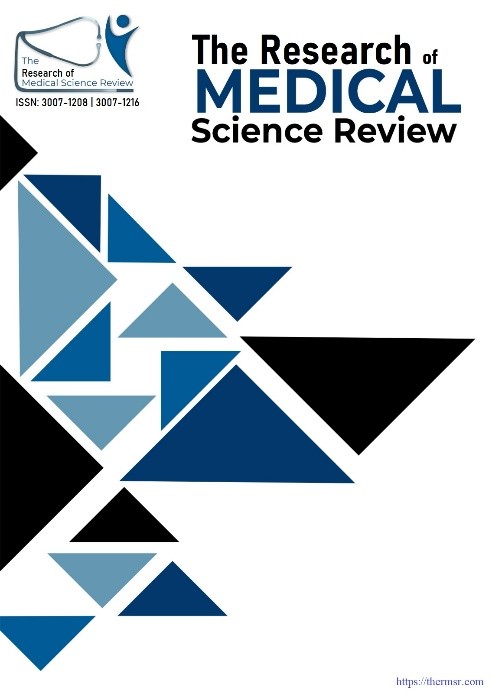COMPARISON OF ORIF VS MINIMALLY INVASIVE TECHNIQUES IN FEMORAL FRACTURES
Main Article Content
Abstract
Background: Femoral fractures are among the most serious orthopedic injuries, frequently resulting from high-energy trauma such as vehicular accidents or low-energy mechanisms like falls in the elderly, especially those with underlying osteoporosis. These fractures often require surgical intervention to restore anatomical alignment and function. With increasing life expectancy and the global prevalence of osteoporosis rising, the incidence of femoral fractures is projected to grow significantly. Historically, Open Reduction and Internal Fixation (ORIF) has been the gold standard for treating femoral fractures. However, recent advances in orthopedic surgery have introduced Minimally Invasive Procedures (MIP), including intramedullary nailing and percutaneous screw fixation, as viable alternatives with potentially better patient outcomes.
Objective: This study aims to evaluate and compare the clinical efficacy, functional recovery, complication rates, radiological healing, and operative parameters of ORIF and MIP techniques in the surgical management of femoral fractures.
Methods: A prospective cohort study was conducted involving 100 adult patients with traumatic femoral fractures at a tertiary care orthopedic center. Patients were assigned to either the ORIF group or
the MIP group (n=50 each) based on the surgeon’s discretion and fracture characteristics. The primary outcome measures included functional scores assessed using the Harris Hip Score (HHS) and the Lower Extremity Functional Scale (LEFS), radiological time to union, intraoperative blood loss, surgical duration, hospital stay, and postoperative complications.
Follow-up assessments were conducted over a 6-month period.
Results: The MIP group demonstrated significantly better functional outcomes at six months (HHS: 87.2
± 6.3 vs. 83.5 ± 7.6; LEFS: 71.8 ± 8.3 vs. 65.4 ± 9.1), faster radiological union (15.6 weeks vs. 17.2 weeks), shorter surgical times, reduced intraoperative blood loss, and a significantly lower complication rate (12.8% vs. 31.9%) compared to the ORIF group.
Conclusion:
Minimally invasive techniques offer substantial advantages in the surgical management of femoral fractures, particularly in elderly and comorbid patients. While ORIF remains essential for specific fracture types, MIP should be strongly considered as the preferred approach for most cases. Further multicenter studies with longer follow-up are recommended to confirm these findings and guide clinical decision-making.
Downloads
Article Details
Section

This work is licensed under a Creative Commons Attribution-NonCommercial-NoDerivatives 4.0 International License.
